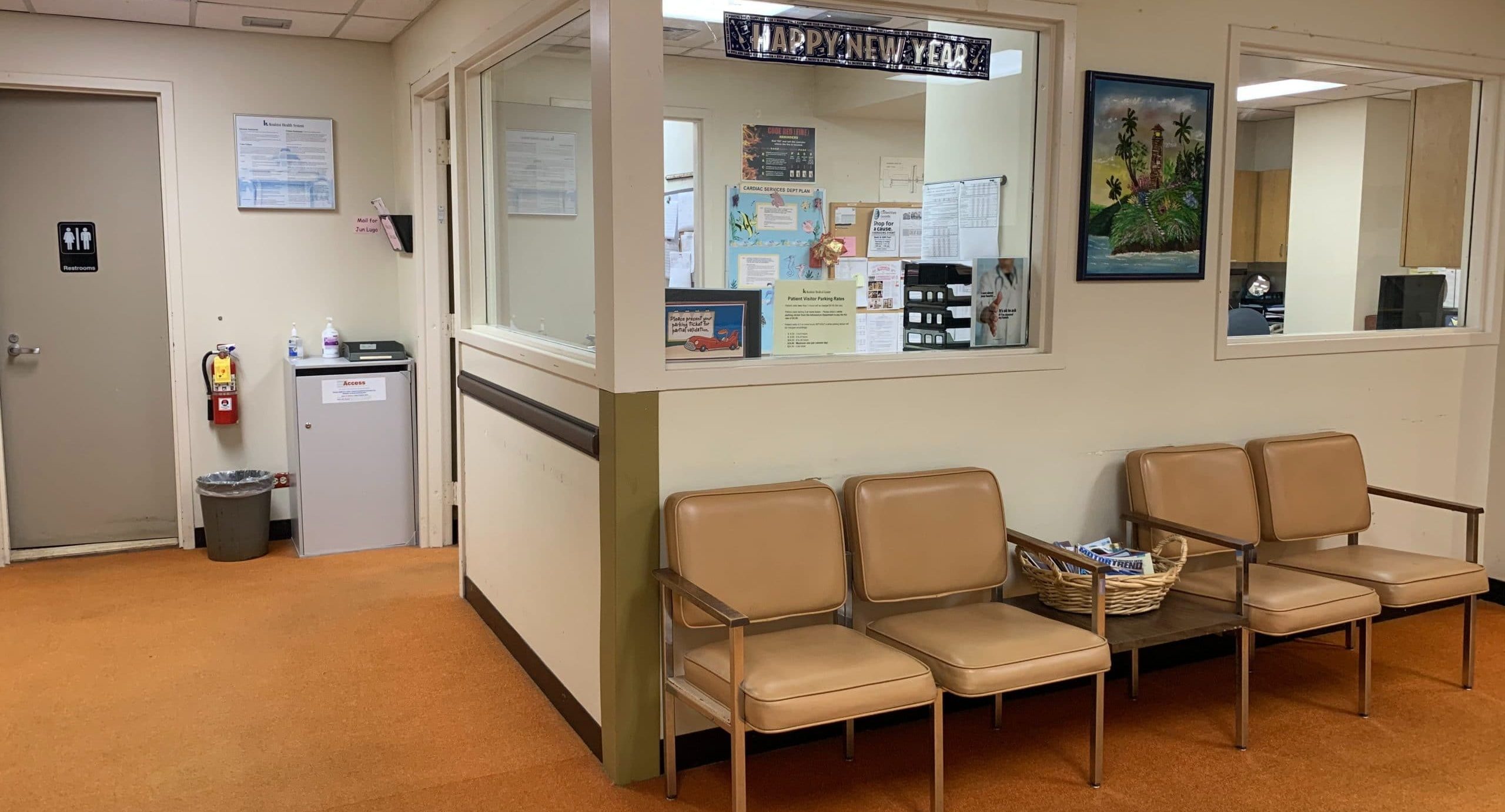
“Success is no accident. It is hard work, perseverance, learning, studying, sacrifice and most of all, love of what you are doing or learning to do.” – Pelé (1940-2022)
There is less love of working in general practice than there used to be. ‘Stressed and Overworked,’1 The Health Foundation’s report of a survey of Primary Care Physicians in 10 high income countries found things have been getting worse in the UK. Only 24% of UK GPs are ‘extremely’ or ‘very satisfied’ with practising medicine. This is similar to France but lower than the other countries. UK GPs are among the most likely to plan to stop seeing patients regularly in the next 1 to 3 years.
UK GPs are among the most likely to plan to stop seeing patients regularly in the next 1 to 3 years.
The many causes of dissatisfaction go back many years. They include the undervalued importance of general practice in the NHS, the mismatch between demand for care and GP capacity, the inequalities in GP services between richer and poorer areas and outdated infrastructure and IT.
Past promises to increase the number of GPs have failed. The latest promise, NHS England’s Long term Workforce Plan, commits to double the number of medical students, and provide 1/3 more GP trainees by 2031. Recruitment of GPs may increase, but unless their retention improves the future looks grim.
In 2019 the RCGP launched Fit for the Future2 – a vision for what they wanted general practice to look like in 2030. It set out how, with the right tools and support, the UK could revitalise and reform general practice so that it could deliver world class patient care. New roles would complement the skills of the GP, enabling practices to better support patients to manage their conditions and to remain in good health. Multidisciplinary teams would work together to provide enhanced care to patients with the most complex needs.
The introduction of these new roles working alongside GPs should improve access, quality and contain costs in health care, but these new roles cannot fill the skill gaps left by the shortage of GPs.
Persevering GPs, with their extra nurses, pharmacists, paramedics, physician associates, physiotherapists, health care assistants, nursing associates, care co-ordinaters, social prescribers and others, are working hard seeing more patients in general practices. Roughly 30 million patients are seen each month in General Practices. By comparison about 2 million patients are seen in A&E and 10 million in hospital outpatient departments each month.
The National Institute for Health Research (NIHR) has studied and reports3 whether the changes to the skills mix of the GP workforce has translated into better care for patients. GPs can learn from their insights how to use the new workforce better. These include:
- Higher numbers of nurses and “other clinicians” were associated with higher quality of care measures (QOF)4 that assess, for example, levels of chronic disease monitoring and assessment. But, higher numbers of GPs were associated with even higher QOF performance.
- Higher numbers of GPs were associated with reduced GP waiting times, higher patient satisfaction and higher GP satisfaction
- Higher numbers of “other clinicians” were associated with slightly lower patient satisfaction.
- Higher numbers of pharmacists were associated with higher quality prescribing and lower prescribing costs
- Higher numbers of nurses and other clinicians initially reduce and but then increase GPs’ hours of work, suggesting there may be an optimum ratio of one to the other.
- Employing more non-GPs was slightly cheaper than employing GPs but higher overall NHS costs were seen with higher numbers of healthcare professionals.
The introduction of these new roles working alongside GPs should improve access, quality and contain costs in health care, but these new roles cannot fill the skill gaps left by the shortage of GPs.
Their recommendations for practices include:
- Prioritise continuity of care.5 particularly for people with long term conditions.
- Support continuity of care within the multidisciplinary team with effective communication/handover and shared access to medical records.
- Build in time for GPs and other senior clinicians to provide supervision and advice and undertake their wider managerial responsibilities.
- Help practitioners to gain the skills they need to maximise their contribution to the practice workload. For example, training nurses to prescribe.
- Give pharmacists a larger role in medicines management to improve the quality of prescribing and management of long-term conditions.
- Communicate roles clearly to patients and provide reassurance around their clinical supervision.
- Ensure receptionists understand the role of each clinician, so that people are given the appropriate appointments, and provide feedback if errors are made.
- Invest in organisational development and effective multidisciplinary team working.
So far there is little evidence that substituting the new skill mixes for GPs is helping achieve the quadruple aims of health care6 to enhance patient experience, improve population health, reduce costs and improve the work life of health care providers, including clinicians and staff.
Until there are more GPs and the best of skill mixes in primary care, these NIHR insights and recommendations may help general practices avoid skill mix ups and survive. Further reforms should accept that high quality general practice7 needs both the new roles and more GPs to strengthen primary care.
References
- https://www.health.org.uk/publications/reports/stressed-and-overworked accessed 18/12/23
- https://www.rcgp.org.uk/getmedia/ff0f6ea4-bce1-4d4e-befc-d8337db06d0e/RCGP-fit-for-the-future-report-may-2019.pdf accessed 18/12/23
- https://evidence.nihr.ac.uk/collection/whos-who-in-general-practice-research-can-help-practices-introduce-new-roles/ accessed 18/12/23
- https://qof.digital.nhs.uk accessed 18/12/23
- https://bjgplife.com/bringing-back-or-taking-forward-the-family-doctor/ accessed 18/12/23
- Bodenheimer T, Sinsky C. From triple to quadruple aim: care of the patient requires care of the provider. Ann Fam Med. 2014 Nov-Dec;12(6):573-6. doi: 10.1370/afm.1713. PMID: 25384822; PMCID: PMC4226781.
- Bodenheimer T, Ghorob A, Willard-Grace R, Grumbach K. The 10 building blocks of high-performing primary care. Ann Fam Med. 2014 Mar-Apr;12(2):166-71. doi: 10.1370/afm.1616. PMID: 24615313; PMCID: PMC3948764.
Featured Photo by Andrea Niosi on Unsplash









Thanks for this. Useful to see results of an objective evaluation and will browse the references. Mirrors our experience.